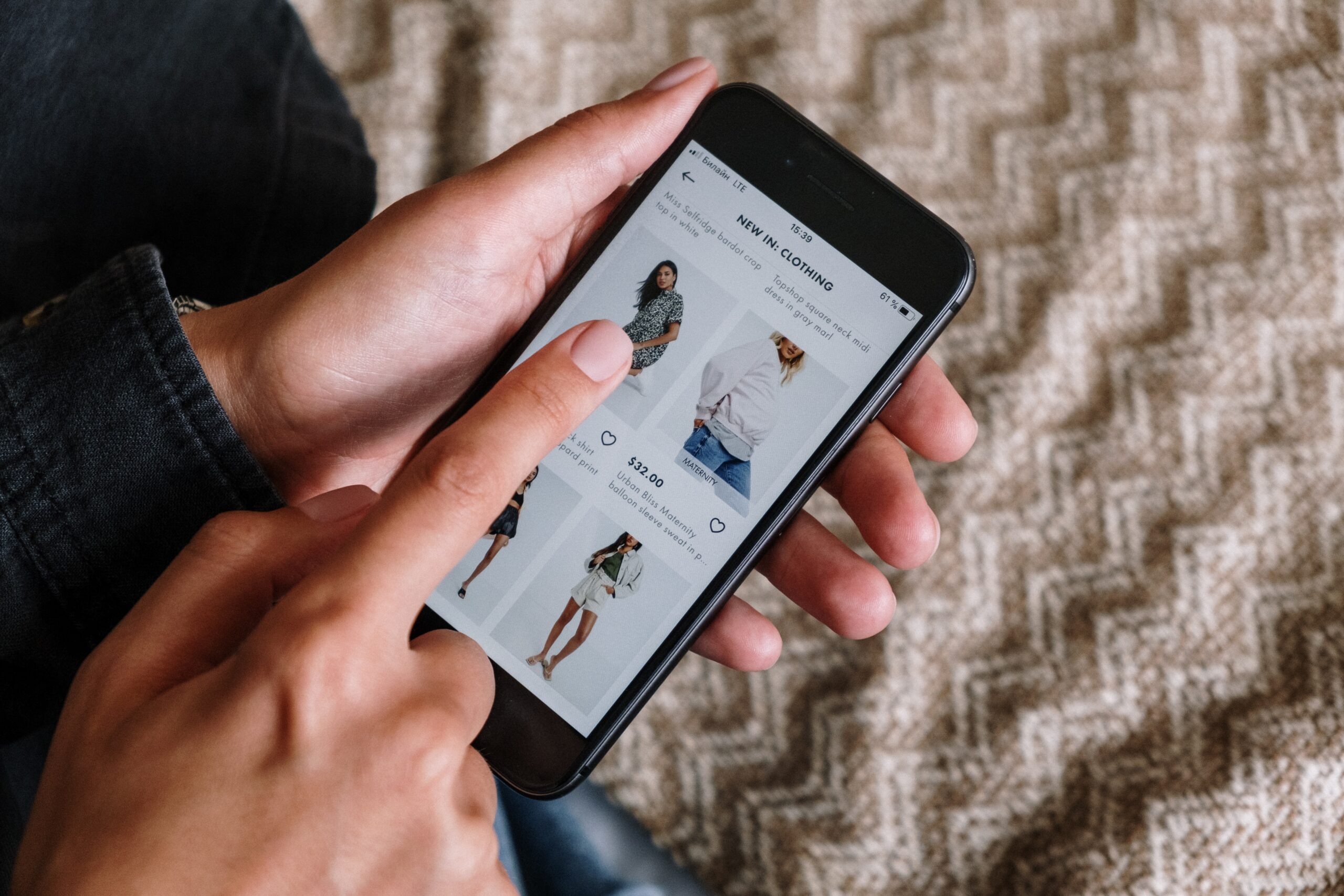Is the “Shopatainment” Trend a Flashback or a Way Forward?
By Maggie O’Neill, Senior Partner and Chief Client Officer

As QVC marks its 35th anniversary, the concept of late-night stay-at-home shopping binges appears to be back in fashion. How so? Live video shopping – coined “shopatainment” over the past few years – is taking hold. Similar in some ways to “retailtainment” in the 1990s, shopatainment is grabbing the attention of video-obsessed GenZers and finding a new life in today’s online retail megaworld.
So what does this mean for brands looking to go to market today? For some, I believe it’s as irrelevant as Snapchat was. Not the platform itself, but the alignment of a brand’s audience to the platform – a concept that remains crucial in marketing. Snapchat was not and is not for everyone. Neither is video shopping. But the landscape is certainly bigger, and new platforms are fighting for consumer and brand mindshare.
As Axios noted in a recent article, platforms are battling for funding and for the attention of huge retail brands to capitalize on consumers’ shopping habits moving online. Household names like Walmart, Albertsons, Macys and more are already onboard with shopatainment leaders like Ntwrk.
Again, what does it all mean, outside of the fact that every trend (good or bad) comes back into fashion?
First, I believe that live, in-person shopping is likely on the permanent decline. The shift to shopatainment gives brands a means of engaging with their audiences beyond a static image and price tag. It enables consumers to attach more emotion to the product as they experience it longer and “live” with an influencer they care about. And it’s likely to produce more buying urgency and less abandoned shopping carts.
That said, sellers must be critically in tune with their audience for the shopatainment proposition to work. QVC and HSN know their market and jump in 110% on each and every broadcast. Live shopping experiences must be catered to the platform and audience; they must offer a relevant moment in order to produce the right results. It’s not a one-size-fits-all proposition and should not be the only sales tool in a brand’s digital toolbox.
This is also a great opportunity for new brands to test and learn. I have a designer friend who is looking to launch a niche line; an Instagram sales strategy complete with livestreaming is perfect for them. Fingers crossed for that.
According to multiple news sources, including The Drum, consumers are much more welcoming of social platforms selling to them than ever before. While I haven’t been in any livestreaming audiences recently, I admit that just counting my clickthroughs from social platforms to retail was exhausting. And my wallet suffered for it.
And, finally, at the end of the sales funnel, fulfillment is critical. Livestreaming can produce a big push; but without a means to fulfill, a brand can do more harm than good.
Overall, this new trend certainly offers a refresh for a platform that has a track record of mass success. But like all good things, any brand’s shopatainment strategy needs to look at the audience first. Without this critical lens, they may find themselves on what is equivalent to the 3 a.m. QVC slot selling to no one or hawking items that no one who is watching really wants.




